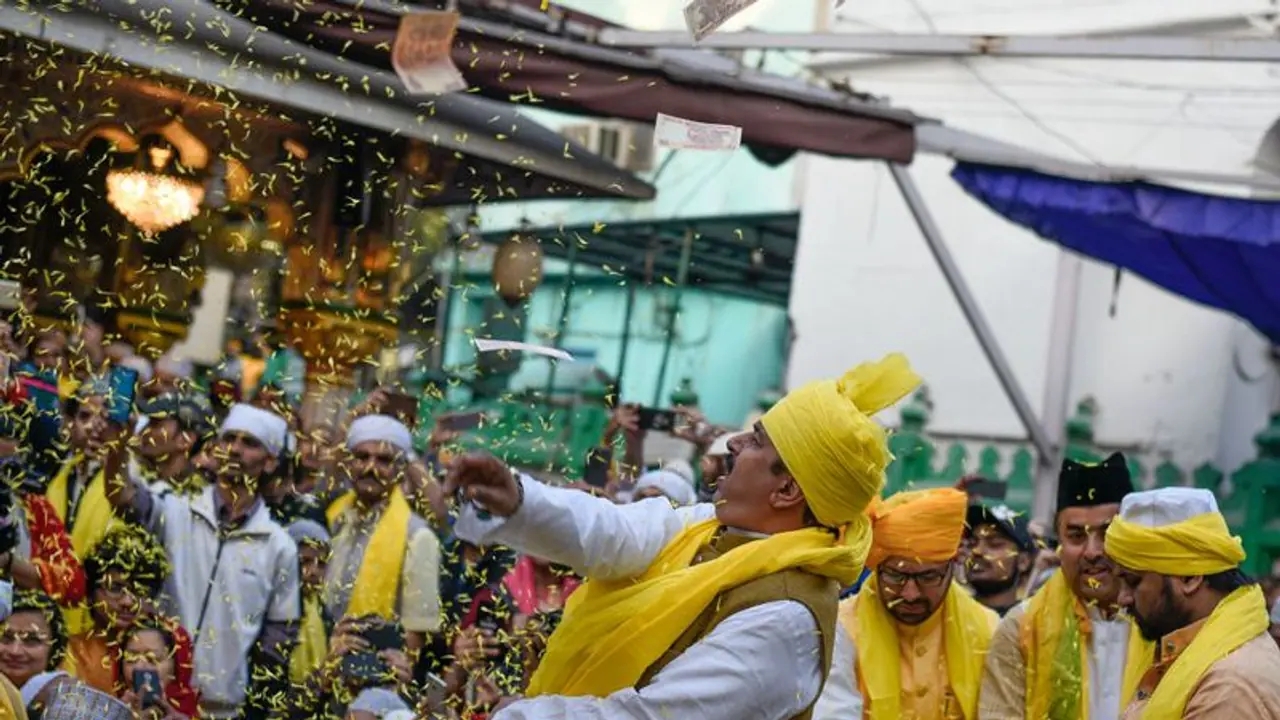From the celebration of Basant Panchami at dargahs of Chisti saints, to the festival's connection with Holi, here are some lesser-known facts
1. Starting on Basant Panchami, a log with a figure of Holika is placed in a public place and during the next 40 days, twigs and other combustible material is added to the log to form a pyre which is lit on Holi. In places such as Balarama Temple in Baithain, the singing of Holi songs and the throwing of colour begin on Basant Panchami and continue throughout the Holi season.
2. According to legend, after Sufi saint Nizamuddin Aulia's young nephew Taqiuddin Nooh died, Auliya was so stricken with grief that he withdrew from society. The court poet, Amir Khusrau, tried to think of ways to brighten the saint's mood. Upon seeing local women dressed in yellow carrying yellow flowers to temples on Basant Panchami, Khusrau too dressed in yellow and took flowers to the saint. This brought a smile on the saint's face. Since then, Basant Panchami has been celebrated at the dargah of Nizamuddin Aulia in Delhi and all dargahs of the Chishti order.
3. For Sikhs, in the Harmandir Sahib, Amritsar, on the day of Basant Panchmi, musicians start the music by singing the Basant Raga. This practice continues until the first day of Baisakh when Basant Rag is no longer used.
4. A fair is normally held at the famous Sikh shrine of Guru-ka-Lahore in Bilaspur district to mark the occasion of the marriage of Guru Gobind Singh on Basant Panchami.
5. In ancient Hindu scriptures, this festival is associated with Shringara Rasa (the emotion of romance) that involves Kamadeva, the God of love and desire, his wife Rati and his friend Basant (spring personified).
